I’ve just finished Taylor Branch’s book The Clinton Tapes: Wrestling History with The President. Branch, 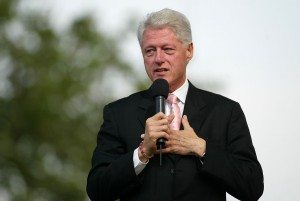 the Pulitzer Prize-winning author of the King Years Trilogy, finished the book in 2009. It contains 667 pages of intimate details taken from seventy-nine secret, mostly late night interviews in the White House with President Clinton from 1993 to 2000, and after.
the Pulitzer Prize-winning author of the King Years Trilogy, finished the book in 2009. It contains 667 pages of intimate details taken from seventy-nine secret, mostly late night interviews in the White House with President Clinton from 1993 to 2000, and after.
I wish I’d read it sooner. It’s an incredible labor of love for the sake of accurate history. After each interview, as Taylor drove home in the wee hours to Baltimore, he dictated his recollections and impressions of that night’s reminisces by the President about recent events and personalities. As the book’s jacket states, “Here is what President Clinton thought and felt but could not say in public.”
I strongly recommend the book to anyone interested in the real history of the 90’s, when we Baby Boomers first graduated from protest to power. Clinton, Branch and I are all white Southerners of the same age. We all protested the Vietnam War and played tiny parts in advancing the Civil Rights movement. Branch and I worked together in 1968 on The Georgia Challenge Delegation to the Democratic National Convention in Chicago (a picture of him is in my earlier post on that summer’s events). Clinton and Branch coordinated the 1972 McGovern campaign in Texas.
After that year Clinton obviously stayed in politics. Branch went on to become a gifted writer and commentator. I drove ships in the Navy and then took up a less glamorous career in commercial real estate, while writing an occasional novel, after finding a deepened faith. Now we are all pretty old.
And for that reason I’m actually glad that I only read Taylor’s book now, because I could never do it justice with a book review, but I can use it to help focus on a few personal perspectives which the intervening years and events seem to offer. Here are the ones that jump out at me, including a few quotes from the book.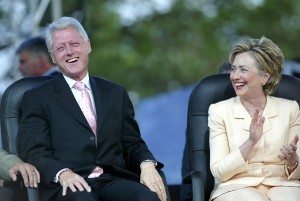
1. Because Taylor includes so many details—exactly what people in the White House (including the First Family) were wearing, eating or watching—there is an amazing confluence of utterly mundane life actions, serious personal issues, and potentially world-changing decisions, all in the same few minutes of conversation. For Clinton, and I therefore imagine for every modern President, homework, late meals and unflattering press reports don’t pause while one steps into a phone booth and emerges wearing a cape to decide whether to go ahead with a missile strike or not. Instead, it all happens together, all the time, day and night.
2. Although Whitewater, Paula Jones and Monica Lewinsky are not Russian Collusion, Paul Manafort and Michael Cohen, the appointment of a wide-ranging Special Prosecutor, a hostile press, and the threat of impeachment make for some uncanny similarities with today’s Presidential statements. About Kenneth Starr, the second Whitewater prosecutor, appointed in 1994, Branch portrays Clinton as saying:
The president called Starr’s tactics a diversion in search of a crime. (p.212)
“Don’t get me started on Whitewater,” he said. “Did you hear what they did to Chris Wade?” A former salesman for the Whitewater land parcels, Wade had gone broke years ago, then settled his debts, but Starr indicted him for misstating assets on his withdrawn petition for bankruptcy. This was beyond far-fetched, charged Clinton, and Wade pleaded guilty to minor misdemeanors only because Starr threatened to indict his wife. Neither the Ainley case, nor Wade’s, bore the slightest connection to the Whitewater mandate, vague as it was. (p.237)
He said Whitewater was never about substance. It was perpetual diversion. Only last month, he pointed out, the final report of the government’s Resolution Trust Corporation concluded that the underlying facts of Whitewater supported no charges, as the Clintons had maintained all along. Why was there not a speck of coverage about this central fact? Because, he fumed, reporters never had to admit error. They could simply move on to another pretext in tandem with Special Prosecutor Ken Starr. (p.337)
3. There are early perspectives in the interviews about many of the countries with which we have issues today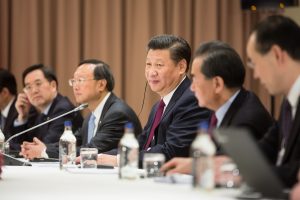 —the same ones were issues then: Iran, North Korea, Pakistan, Syria. For the most part, while difficult, Russia and Ireland seemed to be on the mend. Clinton foresaw major problems with China, even though they were still in their self-planned two decades of quietly building wealth and power, not confrontation, which now challenges our current administration.
—the same ones were issues then: Iran, North Korea, Pakistan, Syria. For the most part, while difficult, Russia and Ireland seemed to be on the mend. Clinton foresaw major problems with China, even though they were still in their self-planned two decades of quietly building wealth and power, not confrontation, which now challenges our current administration.
He was more preoccupied with the outward projections of Chinese power…Jiang Zemin was well aware that mammoth size and rapid growth destined his economy to become the largest on earth….Clinton conceded to him the possibility of a very different summit in fifty years, when some leader might try to cajole a U.S. president to “reform” our Constitution and laws along Chinese lines. Jiang declared that Chinese rulers believed in discipline for their people, not from them, and he bluntly diminished American self-government as a small and dubious blip on the Chinese calendar, not a monument of world history. (p. 109)
His own administration remained divided about whether to support China’s full membership in the World Trade Organization. Aside from human rights, there were many difficult issues of commercial practice, and fresh charges of espionage poisoned the atmosphere for talks. (p.544)
4. 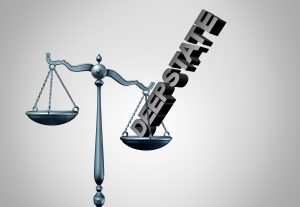 Branch recounts many instances of Clinton worrying about the rogue actions of the FBI, his attorney general’s lack of restraining that agency, and the misdeeds of the special prosecutor: in short, a Democratic President worried about the seeds of what is now termed the “deep state”. And was there almost a “Chinese Collusion” investigation of the 1996 election?
Branch recounts many instances of Clinton worrying about the rogue actions of the FBI, his attorney general’s lack of restraining that agency, and the misdeeds of the special prosecutor: in short, a Democratic President worried about the seeds of what is now termed the “deep state”. And was there almost a “Chinese Collusion” investigation of the 1996 election?
Publicity about Asian contributors escalated drastically again from Bob Woodward’s front-page allegation that the Chinese government may have funneled clandestine money into Clinton’s reelection. If true, this was serious, but the president sensed pure hype. The charges were speculative and vague, resting on top secret tips from anonymous FBI sources. Even so, the mere specter of foreign subversion renewed feverish suspicion toward Clinton’s fund-raising. Reporters hounded the White House into releasing the names of nine hundred overnight guests…(p.429)
Clinton accused the FBI of political distortion…For his own failure to corral the FBI, the president said the only defense in posterity would be that he was neutralized by the FBI’s constant investigation of him. (p.475)
5. It’s refreshing to be reminded that in the 1990’s the Democratic President was worried about the future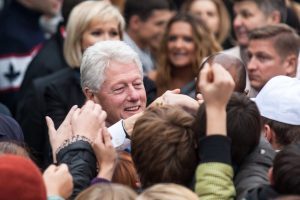 devastating impact of the National Debt ($5.5 trillion in 1999 vs. $22.5 trillion today), fretted over the break up of the family and the abortion rate, reformed Welfare to put more people back to work, and presided over a tripling of the stock market during his two terms.
devastating impact of the National Debt ($5.5 trillion in 1999 vs. $22.5 trillion today), fretted over the break up of the family and the abortion rate, reformed Welfare to put more people back to work, and presided over a tripling of the stock market during his two terms.
Clinton vetoed a $792 billion tax cut rammed through Congress on a partisan vote. It was skewed to benefit wealthy Americans, he said, and would have forced cuts in spending for education, Medicare reform, and the environment. The tax cut would turn surpluses back into deficits. Would our baby boom generation reduce—even eliminate—the enormous debt burden to fall upon our descendants, or would we rationalize deficits again to preserve our disposable income? (p. 569)
The president perceived an isolated culture of poverty deteriorating under its own weight, depriving families of eligible males. He associated the decay, which was proportional to poverty rates across ethnic groups, with the stubborn abortion rate of 27 percent for all pregnancies. (p.170)
6. Reading intimate details about President Clinton, his trials, and aspirations reminds me of the advice I often give and need to follow more myself: Be sure to check with more than one source on any subject. Ask questions. Always ask questions.
Finally, at the time I disagreed with many of Clinton’s ideas, particularly in his first years of bigger government. And I hated how his personal behavior demeaned the Office of the President, though in that area he couldn’t hold a candle to the current office holder. But, as evidenced by Clinton’s pivot to “The Era of Big Government is Over” in 1996, he and his Republican opponents fought hard; but along with the usual rounds of demonizing each other, they also compromised to get things done and to move the country forward. We so need that spirit again today!
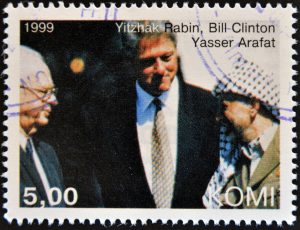 I suspect that neither Clinton, Bush, Obama nor Trump was/is as bad or as good as many want us to believe. Clinton certainly comes across as someone who cares deeply about his family and his country, grapples with his personal and governmental failures, and longs for a government less focused on raising money for the next election campaign and more on effectively doing the people’s business.
I suspect that neither Clinton, Bush, Obama nor Trump was/is as bad or as good as many want us to believe. Clinton certainly comes across as someone who cares deeply about his family and his country, grapples with his personal and governmental failures, and longs for a government less focused on raising money for the next election campaign and more on effectively doing the people’s business.
I again salute Taylor for an amazing addition to our understanding of Presidential history. Read it if you can. And I close with the three admonitions from Clinton’s farewell speech, as recounted in the book:
First, keep paying down the national debt for discipline and relief. Second, maintain global involvement for peace and prosperity. Third, pursue the more perfect union of race and culture. (p.654)

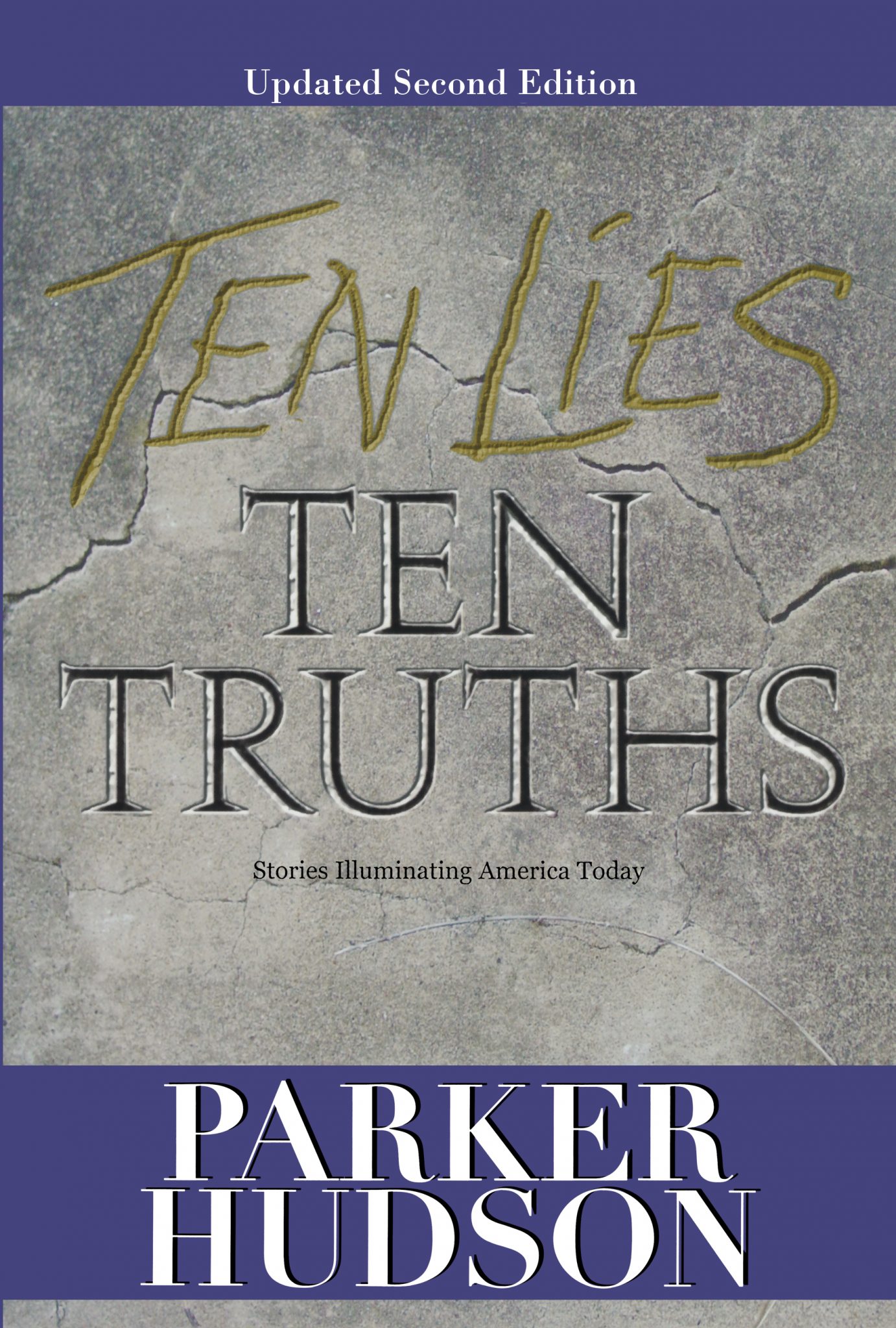
Comments